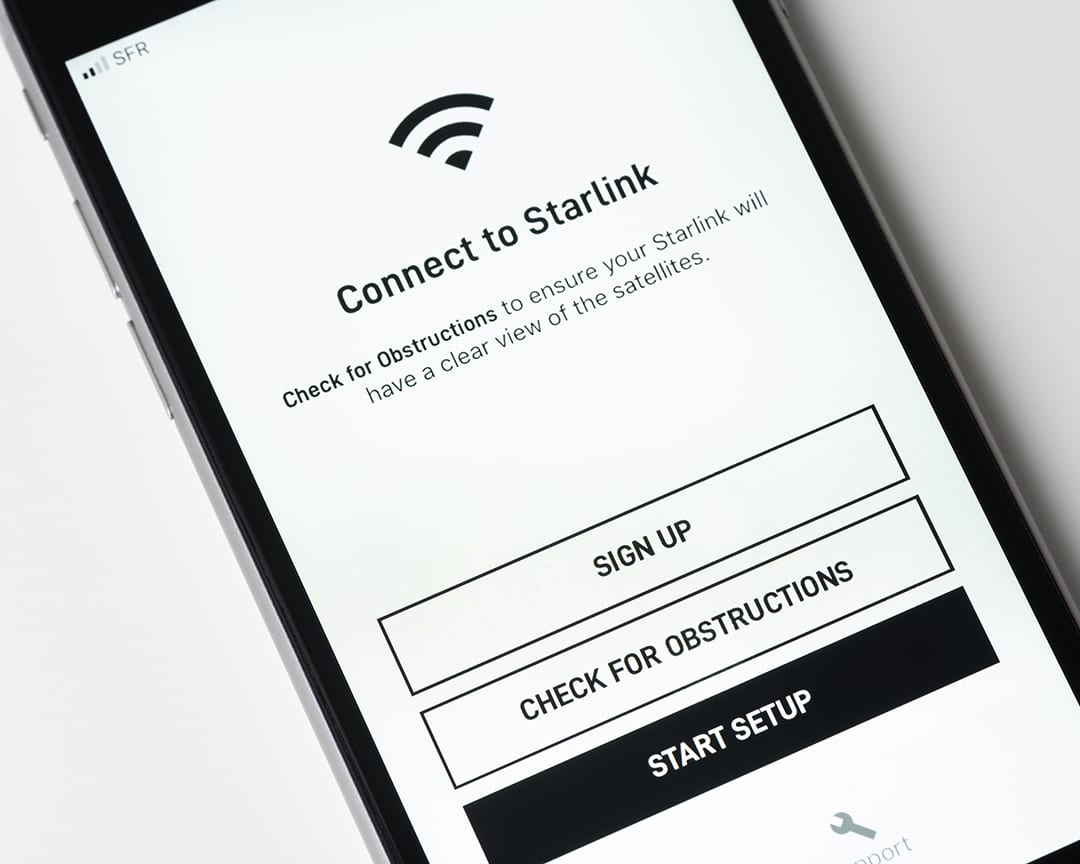Starlink to Close the Digital Divide?

It’s no secret rural communities often lack reliable internet. The Digital Divide has been a prevalent issue since the mid-1990s when technology boomed in urbanized areas – leaving rural America in the dust. But why do businesses, schools and people still suffer?
The answer – high barrier to entry. To install fiber across remote areas around the United States is costly and few firms are willing to make that investment. High upfront costs, and a low number of subscribers results in a financial model that is insufficient to entice an Internet Service Provider (ISP) to enter the market.
However, enter in a new broadband internet. Recently, the Federal Communications Commission (FCC) awarded SpaceX’s Starlink with almost $900 Million in federal subsidies. The goal? To bring internet to rural and remote areas.
What is Starlink?
Starlink delivers high speed broadband internet service via satellites directly to the customer. These mass-produced satellites form a “constellation” in low earth orbit allowing for low latency which is typically not accessible for satellite internet providers.
Starlink’s Goals
In the short term, the company hopes by September 2021 to provide global coverage thru the deployment of 12,000 satellites in 11 countries. However, by 2027 SpaceX hopes to launch 42,000 satellites. For comparison, there is roughly 3,500 satellites in orbit at this moment.
What to Expect
Those who sign-up for the service via Starlink’s website receive a kit including a Starlink dish, Wi-Fi Router, power supply, cables and mounting tripod. Starlink currently costs $99 for a monthly subscription and $499 for the kit. To connect to a satellite a clear view of the sky is needed.
Currently, users can expect data speeds from 50MB/s to 150MB/s and latency from 20ms to 40ms in most locations without data restrictions. Elon Musk, SpaceX’s founder and CEO announced in a tweet that by the end of 2021 users could expect speeds to double and latency to drop.
Those interested can track the satellites and find their visible times.
Issues
Astronomy
Starlink’s “megaconstellation” is an issue for some astronomers. The bright lights caused by the satellites are outshining constellations. SpaceX has been working to reduce the brightness on the newer models. Specifically with the creation of a DarkSat (black anti-reflective coating) and VisorSat (black sunshade). However, astronomers’ views are still infringed leaving the community frustrated.
Weather
Starlink is still able to operate in areas of heavy wind, rain and snow. However, a buildup of snow may obstruct the view of the sky resulting in an outage. These weather events can slow down service. Areas of high heat have been known to cause the dish to enter a “cool down” period. In this scenario the dish takes a temporary break in order to lower its temperature.
Why Satellites and Not Fiber?
As we stated before the costs to enter these rural and remote areas is extremely high relative to the number of subscribers. ISPs currently have no incentive to build out fiber networks when they potentially could lose money due to the up-front costs and low subscriber counts. Enter in Starlink, Elon Musk’s “Better than Nothing” Internet Service that could revolutionize how we think about delivering the internet.
While the service delivers slower data speeds than traditional Fiber to the Home (FTTH), communities previously ignored are now being served. And SpaceX has no intent to slow down soon.
The Future of Starlink
It’s not just SpaceX that is using satellites to inch towards closing the digital divide. Amazon announced the investment of $10 Billion in its satellite internet network, Kuiper, to compete with SpaceX. These new types of internet are going to revolutionize the telecommunications industry and how we address issues such as the digital divide.
BHC is a leading expert in fiber design and the telecommunications industry. Since 1992, our experts have been designing networks that cross land and sea to build the internet. Ultimately to connect people around the world. To learn more about Starlink contact, Bill Brungardt.
